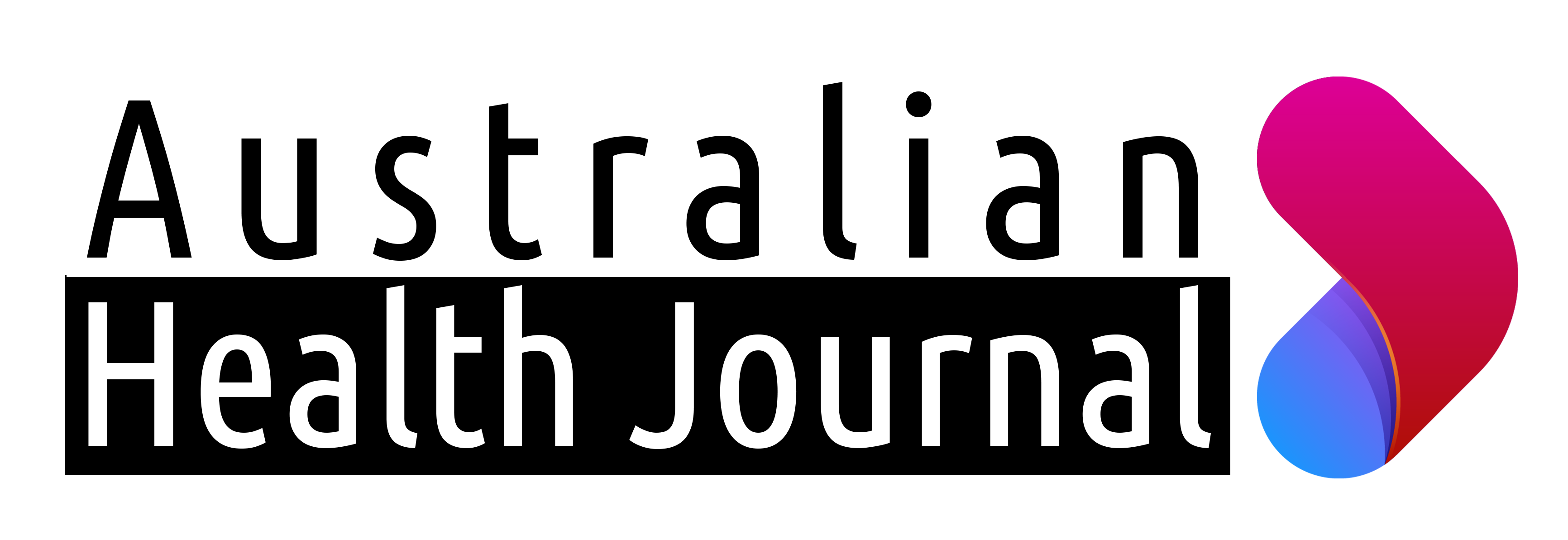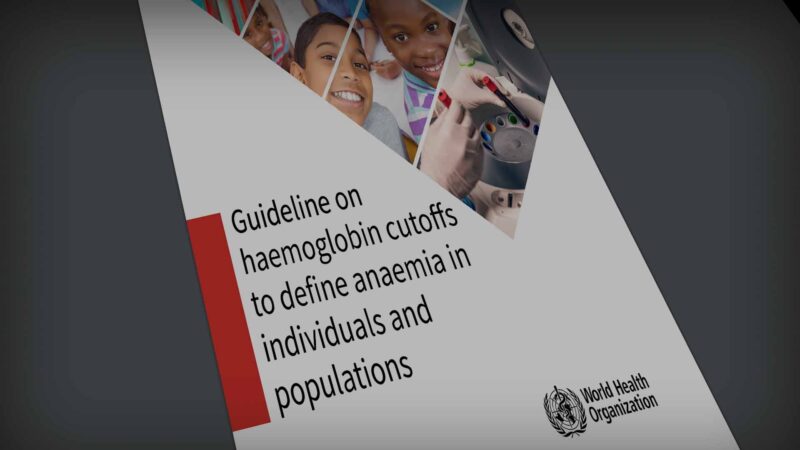Australian men with higher risk prostate cancer now have access to a nuclear medicine scan to help detect and treat metastatic disease, after it was listed on the Medical Benefits Schedule (MBS) from 1st July 2022.
In 2021 over 18,000 Australian men were diagnosed with prostate cancer, resulting in over 3,000 lives being lost – and making prostate cancer Australia’s second most common cause of cancer death in men.
Australia has led the world in the research and development of this scan using a relatively novel radiotracer, known as PSMA PET/CT. The availability of funding for PSMA PET/CT scans is a major win for patients, who until now have either paid for these tests themselves or found the scans unobtainable because of the cost. The Australasian Association of Nuclear Medicine Specialists (AANMS) welcomed the MBS funding which it says will help improve outcomes for thousands of men with a higher risk prostate cancer. “PSMA PET/CT imaging enables highly specific detection of tumour sites throughout the body with far greater sensitivity compared to other conventional scans. This enables doctors to make more accurate
diagnoses than is currently possible with other MBS-funded scans, and which in turn can be lifesaving for some patients,” said AANMS President, Associate Professor Sze Ting Lee.
The AANMS has worked closely with partners to achieve this important milestone in the diagnosis and treatment of prostate cancer.
“We would like to acknowledge the work of Dr Robert Ware from Cyclotek in generating the original funding application and their ongoing support in steering the application with AANMS during the tenure of my predecessor, Dr Geoff Schembri. We also extend our thanks to all those who supported the application, including AstraZeneca who sponsored the submission,” Associate Professor Lee said.
With funding now available, AANMS will work closely with other key stakeholders to ensure that patients are appropriately referred for these tests.
Australian Health Journal spoke with Associate Professor Lee and Dr Geoff Schembri on the MBS listing and the efforts to get it listed.
About AANMS
The AANMS is a peak body representing medical practitioners working in the field of nuclear medicine diagnosis and therapy. It works to promote and advance the clinical practice of nuclear medicine, which can be used to both diagnose and treat patients with a range of health conditions including the leading causes of death in Australia; cancer, dementia, heart and lung diseases; as well as renal, endocrine and paediatric disorders. Together with government and other stakeholders, AANMS is working to build a strong and sustainable nuclear medicine sector in Australia in order to optimise health outcomes for Australia patients.
You Might also like
-
Landmark Australian-led study revises thresholds to diagnose and treat anaemia
In 2014, WEHI researchers began a study at the request of the World Health Organization (WHO), to formally review its global anaemia guidelines that were last updated in 1968.
Study lead and Acting WEHI Deputy Director, Professor Sant-Rayn Pasricha, speaking to Australian Health Journal said while anaemia can be diagnosed by measuring the amount of haemoglobin in the blood, there is currently no consensus on the thresholds that should be used to define the condition. -
Belonging in a medical device company
Edith de Boer is the HR Director for Zimmer Biomet in Australia and New Zealand. Her career originally was in telecommunications and consulting in Europe. After leaving The Netherlands, Edith worked into the Australian medical research industry, before moving into a human resources role at Zimmer Biomet. Edith spoke to Australian Health Journal about her role and the organisation.
-
Continuing education program leads to better conversations
Medicines Australia’s Continuing Education Program (CEP) is designed to educate medical representatives to a recognised industry standard. Dr Tristan Ling, CEP Academic Lead and Project Manager at the College of Health and Medicine, University of Tasmania talks about the 900 students that come through the program each year.
The CEP is primarily directed at medical representatives working within the prescription medicines industry, but is also recommended to people who may not be currently employed within the industry but would like to pursue a career as a medical representative. It is also available to personnel working for organisations interacting with the pharmaceutical industry.



